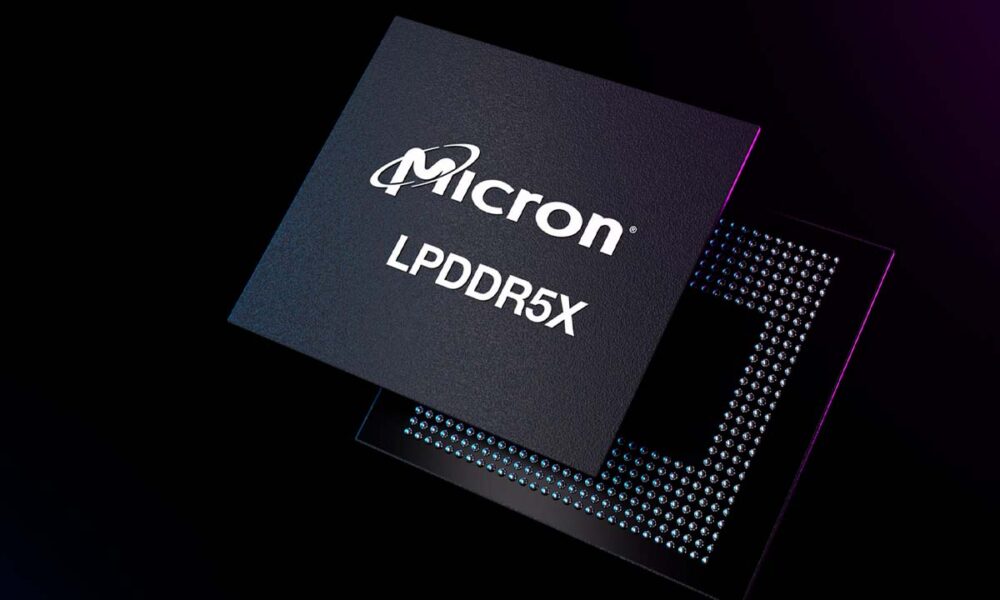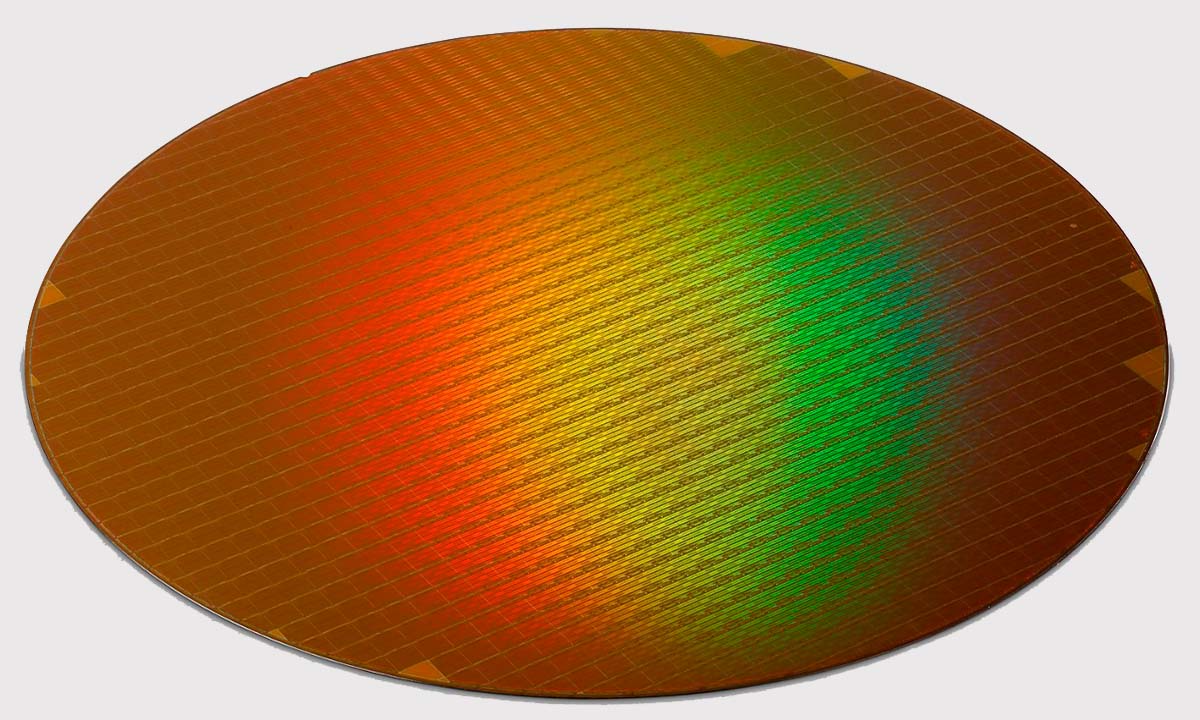Micron improves the efficiency of LPDDR5X
- April 14, 2024
- 0
The LPDDR5X DRAM memory Currently, it is part of the specifications of practically the entire range of high-end smartphones, and we could also see it in some mid-range
The LPDDR5X DRAM memory Currently, it is part of the specifications of practically the entire range of high-end smartphones, and we could also see it in some mid-range

The LPDDR5X DRAM memory Currently, it is part of the specifications of practically the entire range of high-end smartphones, and we could also see it in some mid-range devices. Presented by JEDEC in mid-2021, we are talking about the main generational evolution of LPDDR5, which has been present on the market since 2019 and will continue to be the top of the range for this key component until the arrival of LPDDR6, the standard. which has already been completed, but it will still take some time to be officially presented, and it will probably be launched in early 2025, with the arrival of the Samsung Galaxy S25.
So while we hope that the next generation of RAM that manufacturers have chosen for the high-end will debut next year, the truth is that LPDDR5X still has a long way to go and a long way to go in terms of its performance. As you already know, when a standard of this type is defined, its maximums are set, but the first components and/or devices based on them do not reach them because certain conditions must be met to scale to this maximum. This explains why during the life of a certain standard on the market we see products coming to market that improve performance over their predecessors of the same generation.
This is, of course, RAM memory in all its variants. Be it desktops, laptops, smartphones, servers, etc. In most cases, this evolution usually focuses on performance, on its measurable improvement, but for some time, and especially in certain families of devices, efficiency plays a bigger role. A group in which smartphones, in other words LPDDR5X, have a more than predominant role.

That makes it so interesting to know Micron has managed to reduce the consumption of its LPDDR5X DRAM memories by 4% without affecting its performance. In particular, they managed to maintain the 9.6 Gbps speed they already showed in 2023, both in LPDDR5X memory and in LPCAMM2 modules, although this announcement is strictly limited to smartphone and tablet memory, not notebook and PC modules small form factors.
This improvement results from improvements made in production node 1ß (1-beta) from Micro, which was launched at the end of 2022 and initially provided LPDDR5X memory with a speed of 8.5 Gb/s, as the technology company prioritized the production of this node in this type of memory and subsequently focused on the laptop module market.
More information
Source: Muy Computer
Donald Salinas is an experienced automobile journalist and writer for Div Bracket. He brings his readers the latest news and developments from the world of automobiles, offering a unique and knowledgeable perspective on the latest trends and innovations in the automotive industry.